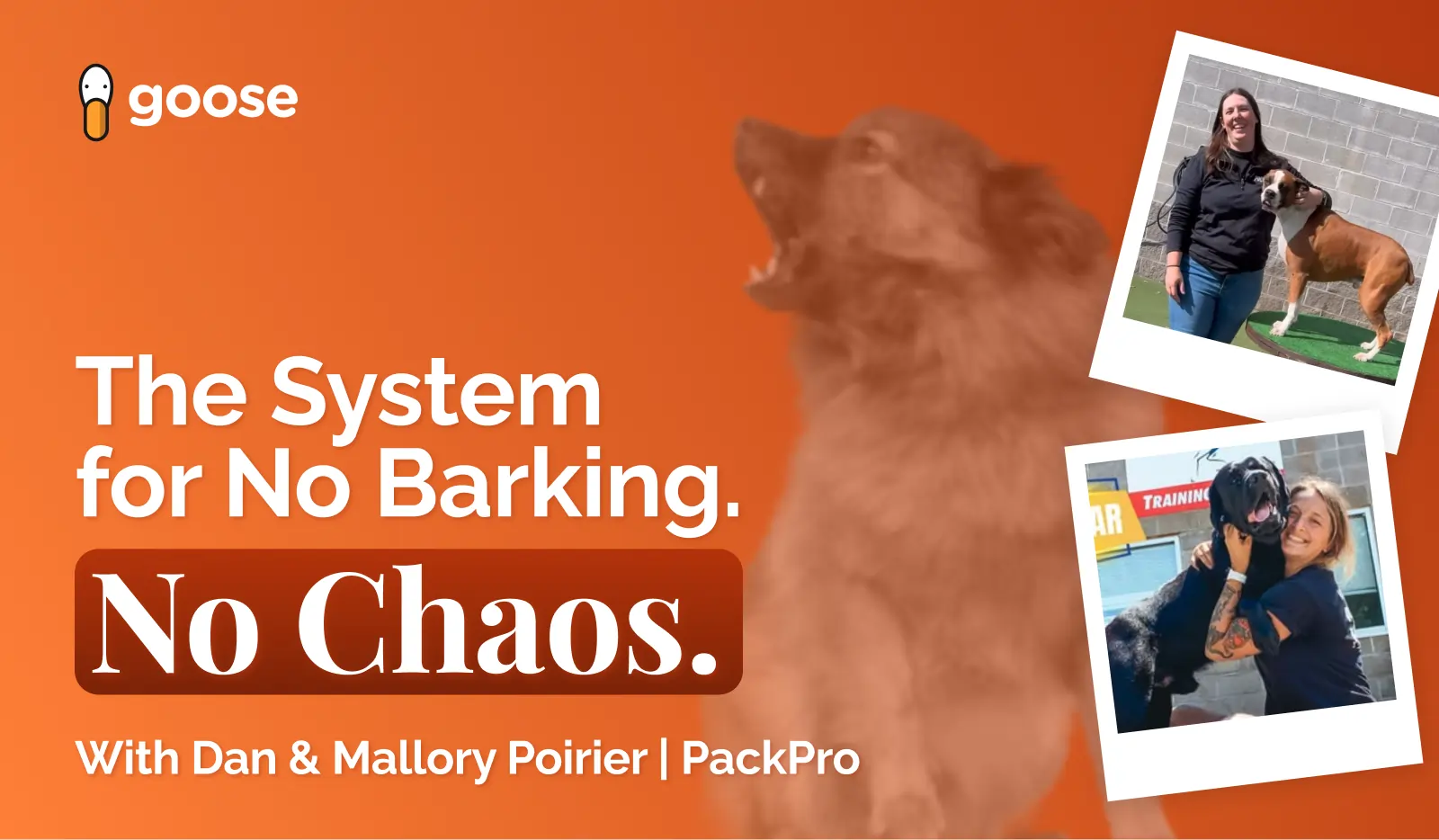
Depending on the product or service, you’ll encounter fixed or dynamic pricing. Fixed pricing assumes that the price remains largely the same over long periods of time, regardless of supply or demand. Stores and restaurants typically employ fixed pricing - for example a CostCo hot dog costs $1.50 regardless of how busy their food court is. Another example might be a bus or train fare, which might have published prices based on how far you are going. Fixed pricing, by definition, is stable and predictable for customers.
Fixed pricing is most commonly used when:
- Supply and demand are relatively stable (while CostCo’s food court has fluctuations, it generally has a solid flow of traffic)
- The product is standardized (all the hot dogs are the same - we hope)
- You can produce more of the same product at low cost (I mean, it’s a hot dog)
- Pricing is part of the brand image (having a fixed $1.50 price is part of the value people expect from CostCo)

Dynamic pricing, on the other hand, changes as market conditions and demand changes. Think of the last time you booked a hotel stay - the price of the hotel is based on current occupancy and the price of alternative accommodations. While you can get a great deal in the off-season, you expect to pay more during the peak season. Dynamic pricing can vary quite substantially from one period to the next.
Dynamic pricing is most commonly used when:
- There’s fluctuating demand (hotels are notably cheaper in off-peak hours - e.g. a hotel in Chicago for winter versus summer)
- There’s a dynamic cost structure (a hotel with an outdoor water slide might need to charge more in summer months when they need to pay lifeguards and staff to man it)
- Parity needs to be maintained relative to competition (hotels need to price based on the cost of other hotels and alternatives to hotels like Airbnb)
- There are customer segments (hotels frequently offer rewards programs to incentivize returning customers to stay while charging higher prices to less frequent travelers)
- There is limited inventory or capacity (hotels will use their pricing strategy to manage demand and earn more revenue per guest)
Of the two models listed above, fixed pricing is by far the easiest to implement, but will undoubtedly leave money (lots of money) on the table. You might even notice that your business in boarding and daycare actually has a lot in common with the elements necessary for the dynamic pricing model, even though most folks use a fixed pricing model. Why is that?
In order to move from a fixed to variable pricing strategy, two things need to be in place:
- We need technology to help us evaluate peak vs. non-peak periods so that we know what pricing changes to apply - and possibly apply those changes automatically.
- We need our pricing scheme to be published and understandable by everyone on staff - whether booking in-person or online, the same price is available to the customer.
Although we highly recommend moving towards dynamic pricing, there are certainly ways that you can leverage revenue management techniques to increase the revenue you make from bookings. For example, effective use of blackout dates and/or minimum stays can increase the quality of your reservations and decrease the likelihood of low occupancy on days that adjoin your busiest periods. In the next post I cover the different levers you can employ to create a dynamic revenue management strategy in more detail.
Learn more about the principles of revenue management by reading the rest of our Guide to Revenue Management.

.svg)




